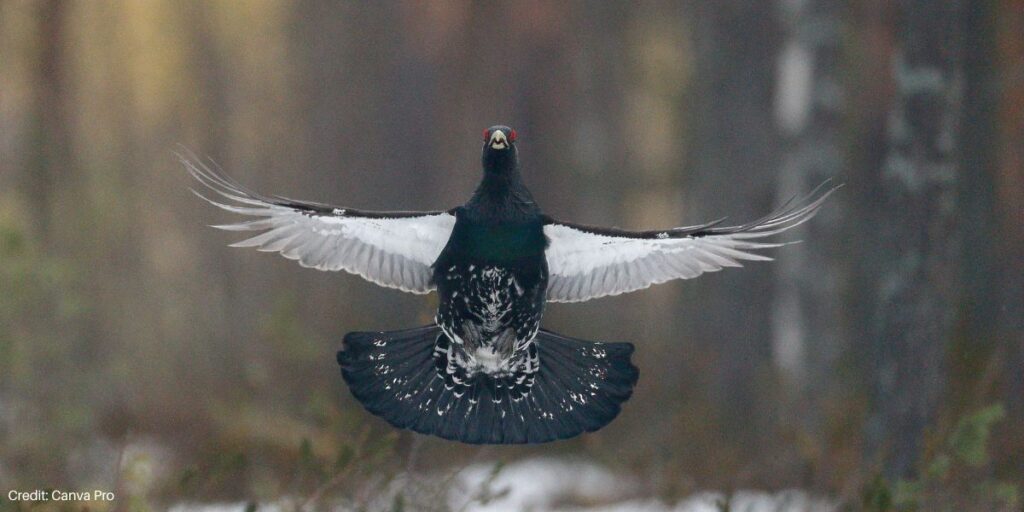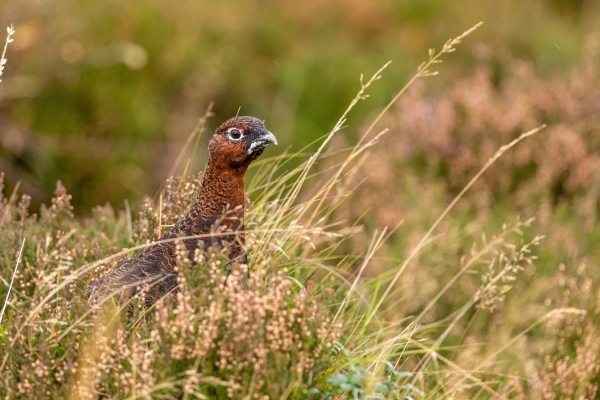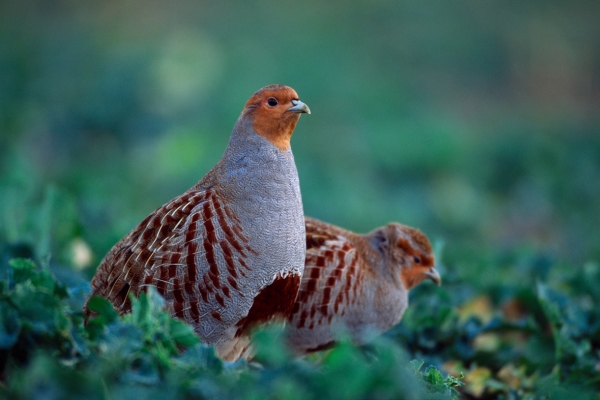
WHCT awards €17,000 grant to aid Lithuanian waterbirds
A project to protect the habitat and breeding grounds of waterbirds in Lithuania has been boosted by a pledge of €17,000 from the WHCT.
Get information on the legal shooting season for mammals and birds in the UK.
Apply for funding for your project or make a donation today
Comprehensive information and advice from our specialist firearms team.
Everything you need to know about shotgun, rifle and airgun ammunition.
Find our up-to-date information, advice and links to government resources.
Everything you need to know on firearms law and licensing.
All the latest news and advice on general licences and how they affect you.

The Capercaillie Emergency Plan, which aims to aid capercaillie recovery and reverse the fortunes of the iconic Scottish bird, has been launched in Scotland.
The Capercaillie Emergency Plan sets out a number of measures which seek to prevent further decline in the capercaillie population which, without intervention, is at risk of reaching extinction within the next 50 years.
BASC Scotland supports the plan as a stakeholder, while the BASC Wildlife Fund has already provided £52,405 to help fund the removal of 10km of unmarked fences which proposed a risk to the capercaillie.
The bird’s last remaining stronghold is within the Cairngorms National Park, where 85 per cent of the population now live. However, with numbers at their lowest in 30 years, capercaillie recovery is imperative. The plan sets out a series of measures to be implemented at pace, with the first of these coming into force between 2025-2030.
The measures in the action plan include the following:
Responding to the launch of the Capercaillie Emergency Plan, BASC Scotland director, Peter Clark said: “The Cairngorms stands as the final bastion for capercaillie in the UK and efforts must be made to protect this iconic species.
“BASC has played its part in supporting this important conservation effort, including making a financial contribution to the initiative to mark or remove 10 kilometres of unmarked fences in the Badenoch and Strathspey area. These fences, if left unattended, are known to be a hinderance during capercaillie leks and breeding.
“While good progress has been made via this initiative and predator control, success will depend on high levels of collaboration from all stakeholders. BASC and its members are ready to support the efforts to restore capercaillie numbers.”
The BASC Wildlife Fund provides loans for land purchase and grants for conservation projects in the UK and abroad.
Find out more about how you can support the fund by making a donation, or apply for financial backing for your project here.

A project to protect the habitat and breeding grounds of waterbirds in Lithuania has been boosted by a pledge of €17,000 from the WHCT.

BASC has written to Minister Jim Fairlie MSP, seeking clarification over introduction of grouse shoot licensing ahead of the start of the season.

The new England Species Reintroduction Taskforce is interested in the translocations of species for conservation purposes, says BASC’s Ian Danby.
Sign up to our weekly newsletter and get all the latest updates straight to your inbox.
© 2025 British Association for Shooting and Conservation. Registered Office: Marford Mill, Rossett, Wrexham, LL12 0HL – Registered Society No: 28488R. BASC is a trading name of the British Association for Shooting and Conservation Limited which is authorised and regulated by the Financial Conduct Authority (FCA) under firm reference number 311937.
BASC Direct Ltd is an Introducer Appointed Representative of Agria Pet Insurance Ltd who administer the insurance and is authorised and regulated by the Financial Conduct Authority, Financial Services Register Number 496160. Agria Pet Insurance is registered and incorporated in England and Wales with registered number 04258783. Registered office: First Floor, Blue Leanie, Walton Street, Aylesbury, Buckinghamshire, HP21 7QW. Agria insurance policies are underwritten by Agria Försäkring.
If you have any questions or complaints about your BASC membership insurance cover, please email us. More information about resolving complaints can be found on the FCA website or on the EU ODR platform.